The Treasury Inspector General for Tax Administration (TIGTA) today publicly released its audit of whether taxpayers properly claimed education tax credits and whether IRS controls properly identified taxpayers who did not.
Tax credits help certain taxpayers who pay qualified expenses for higher education to offset those expenses. One such tax credit is the Hope Credit, which is limited to eligible students enrolled in their first two years of post-high school education. The Hope Credit may only be claimed for two tax years.
TIGTA's review looked at taxpayers who claimed the credit in 2006 and 2007 and found that, in 2006, approximately 203,000 taxpayers erroneously claimed a total of over $300 million in Hope Credits. In 2007, over 169,000 taxpayers erroneously claimed a total of over $232 million in Hope Credits. Taxpayers were able to erroneously claim credits because 1) the IRS system of controls does not provide for immediate disallowance of claims for the same student for more than two years and 2) the IRS scrutinizes such claims only after refunds are issued, and the applied criteria identify only a small fraction of erroneous cases. Specifically, IRS programming would flag for examination taxpayers who claimed the Hope Credit for a third consecutive year but only if such taxpayers also claimed a certain additional credit, and only if such additional credit exceeded a certain dollar amount. Some of the taxpayers who erroneously claimed the Hope Credit were IRS employees. Such claims were referred to TIGTA's Office of Investigations for further action.
Currently, the IRS has legal authority to correct certain errors during processing, including calculation errors and entries that are inconsistent or exceed statutory limits, without having to issue the taxpayer a statutory notice of deficiency. However, claims for the Hope Credit beyond the two years allowed by law do not fall under this limited math error authority.
TIGTA also performed a computer analysis of all Forms 1098-T, a tuition statement provided by educational institutions to students, from 2005 through 2007. The form includes a box in which the educational institution may show the amount of tuition paid by the student, which is the figure that taxpayers and the IRS use in order to determine the amount of the credit. However, educational institutions are given the option of showing the amount billed for qualified tuition and related expenses rather than the amount paid. TIGTA found that the box in which the amount of tuition paid may be shown was blank on 80 percent of the Forms 1098-T it reviewed. Educational institutions expend approximately 5.1 million hours each year to complete Forms 1098-T and an estimated $3.8 million to mail the forms to students. Although a few government agencies use some of the information on the form, the IRS does not use the form to match or confirm the amount of the claim.
TIGTA made legislative recommendations to 1) provide the IRS with math error authority to disallow ineligible claims for the Hope Credit and 2) enact legislation to either revise the reporting requirements for Form 1098-T so that the IRS and taxpayers are able to use it to calculate the amount of the claim or else relieve educational institutions of the burden of producing the form. IRS management agreed with all of TIGTA's recommendations.
"I am concerned about the IRS's inability to administer the credit effectively," commented J. Russell George, the Treasury Inspector General for Tax Administration. "The Hope Credit is intended to help taxpayers pay for the ever increasing cost of higher education. It is imperative that the IRS works with the Treasury Department and Congress to obtain the tools it needs to effectively administer this important credit," added Inspector General George.

